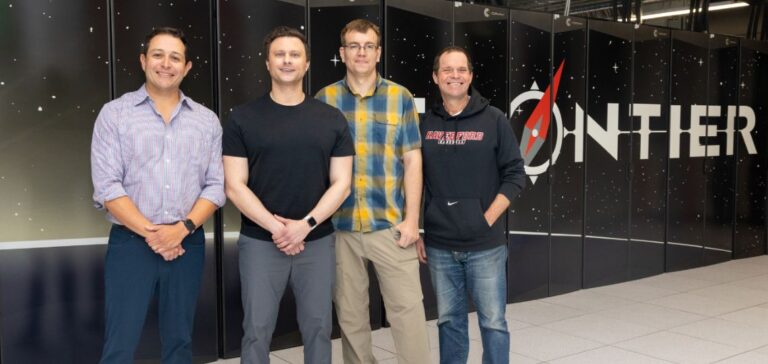Atomic Canyon today announces an ambitious project with Oak Ridge National Laboratory (ORNL). It would use the Frontier supercomputer to train an AI model specialized in nuclear terminology. This partnership marks a significant step forward. The development of the first AI model designed specifically forthe nuclear sector, promising significant improvements in data management and safety.
Using Frontier: The world’s fastest supercomputer
Frontier, renowned for its performance, will play a key role in this partnership. The supercomputer will be able to process millions of publicly accessible documents. They will be sourced from the U.S. Nuclear Regulatory Commission’s document management system, using sentence embedding templates for AI to efficiently understand and analyze nuclear terminology.
Transparency and security with Open-Source
Atomic Canyon’s open-source approach is designed to enhance transparency and encourage collaboration between nuclear stakeholders. This AI model will not be trained on sensitive information, but rather used to analyze a wide range of regulatory guides and inspection reports, thereby increasing safety and public accountability.
Implications for nuclear research and innovation
The technology developed by Atomic Canyon and ORNL is designed to provide researchers and engineers with precise tools for tackling nuclear challenges. The Atomic Canyon project with ORNL represents a crucial step forward for the nuclear industry. It will combine high technology and accessibility to tackle the challenges of energy and climate. This development promises not only to improve nuclear data management, but also to stimulate innovation through increased collaboration.






















